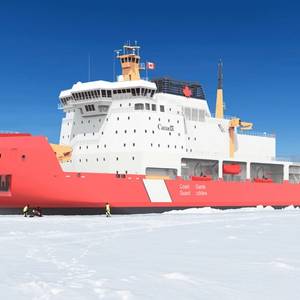
After developing the technique some five years ago, Aker Arctic has now completed the research required to get its new design methodology for icebreaker hulls accepted into the Finish-Swedish Ice Class Rules. The method has also been adopted to Polar Class rules of several Class Societies (LR, ABS, DNV).
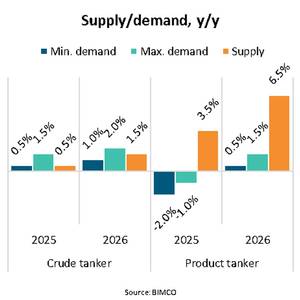
“We forecast a balanced development in the crude tanker market in 2025 and 2026 while we expect the product tanker market to remain weaker than in 2024. The product tanker suffers under the weight of increasing supply growth and weaker demand growth due to shorter sailing distances,” says Niels Rasmussen, Chief Shipping Analyst at BIMCO.
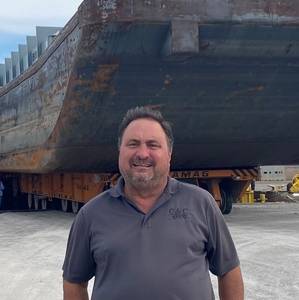
C&C Marine and Repair has promoted Nick Bergeron to General Manager.Bergeron brings more than 30 years of marine industry experience to his expanded role. Prior to joining C&C Marine, he spent 25 years with Zito Companies in a variety of leadership and operations positions.“Nick has been a tremendous addition to the C&C family,” said Tony Cibilich, Owner of C&C Marine and Repair.
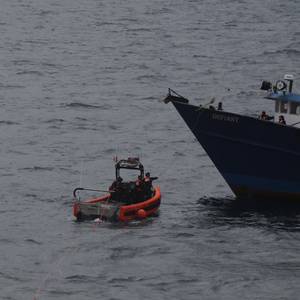
U.S. Coast Guard crews from across two districts have worked together to assist three mariners aboard a disabled fishing vessel about 95 miles west of Newport, Oregon.The crew of the Coast Guard Cutter Alder, an Air Station Sacramento C-27 Spartan aircrew, an Air Station North Bend MH-65 Dolphin aircrew, and a Station Yaquina Bay 47-foot Motor Lifeboat (MLB) crew responded to the Defiant
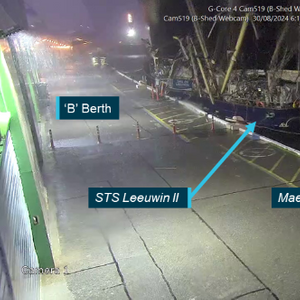
An Australian Transport Safety Bureau (ATSB) investigation interim report outlines the sequence of events leading up to the collision of a container ship with the berthed tall ship STS Leeuwin II in Fremantle last August.The 333m, Singapore-flagged container ship Maersk Shekou was being piloted towards its assigned berth in Fremantle’s inner harbor when it collided with and substantially damaged
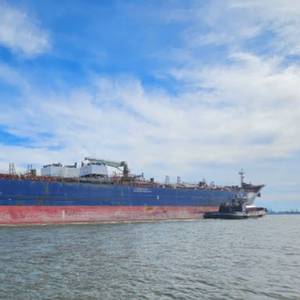
A tank vessel struck a pier at Joint Base Charleston’s Naval Weapons Station in South Carolina after a pilot allowed the vessel to get too close to a riverbank, the National Transportation Safety Board (NTSB) said Wednesday.The 604-foot-long tanker Hafnia Amessi struck Naval Weapons Station Pier B while transiting the Cooper River on January 14, 2024.
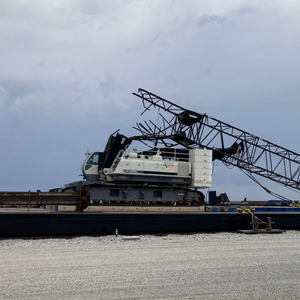
A captain and barge company managers not identifying the crane they were towing was too high to pass under the Mackinac Bridge near Mackinaw City, Michigan, led to the crane hitting the bridge, the US National Transportation Safety Board (NTSB) has concluded.On May 7, 2023, the towing vessel Nickelena was transiting the Straits of Mackinac, while towing a deck barge transporting a crawler crane